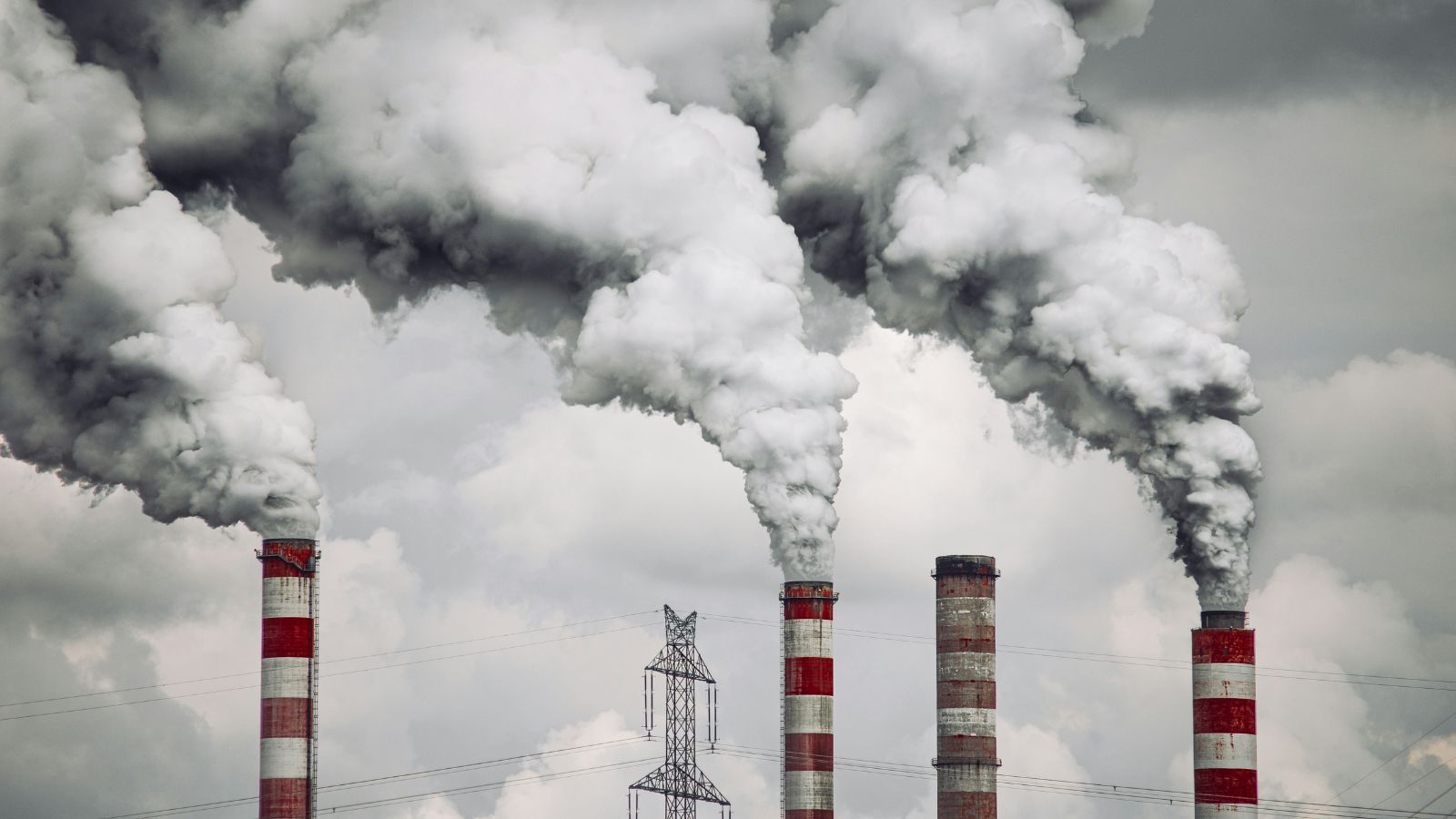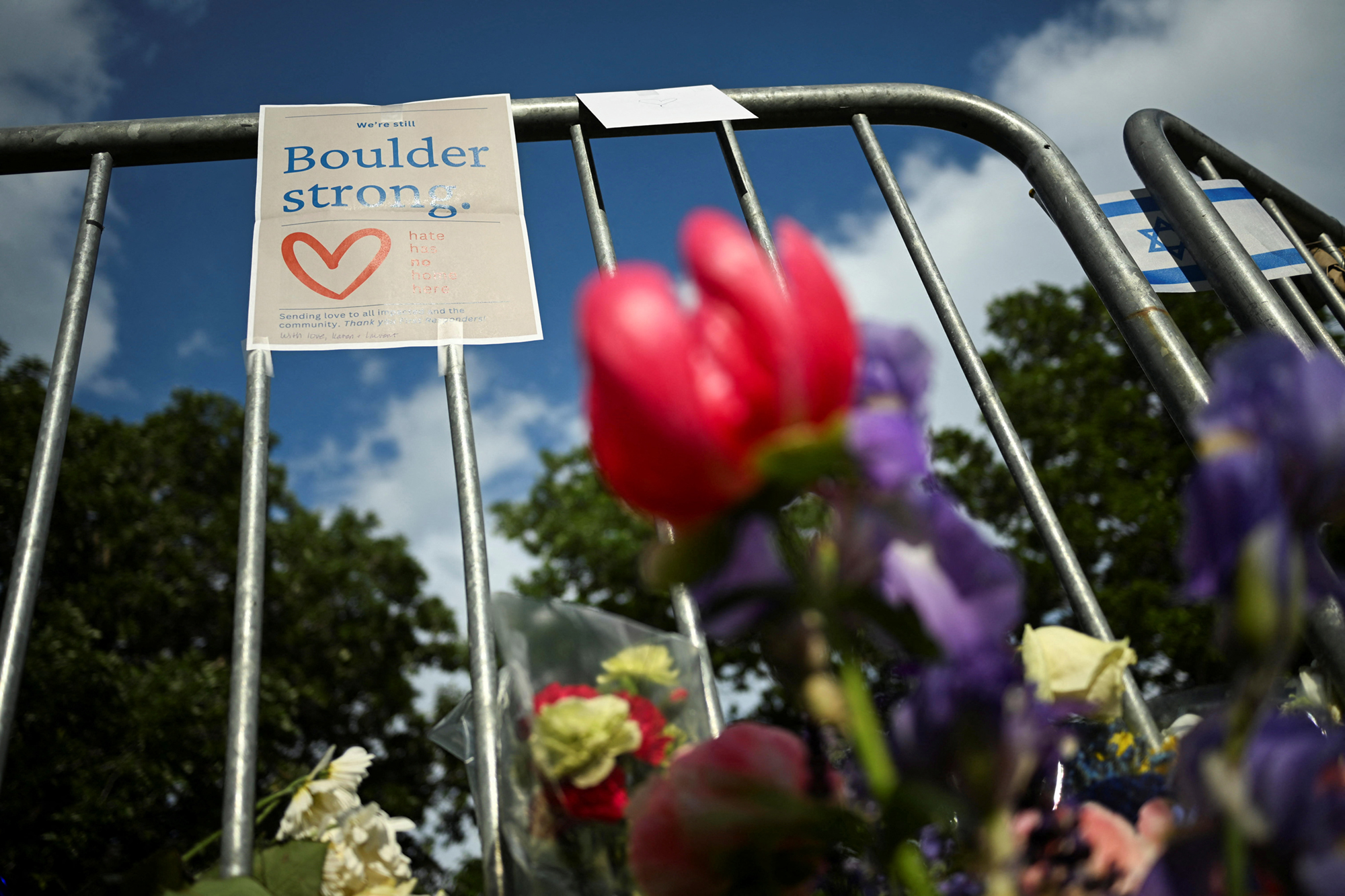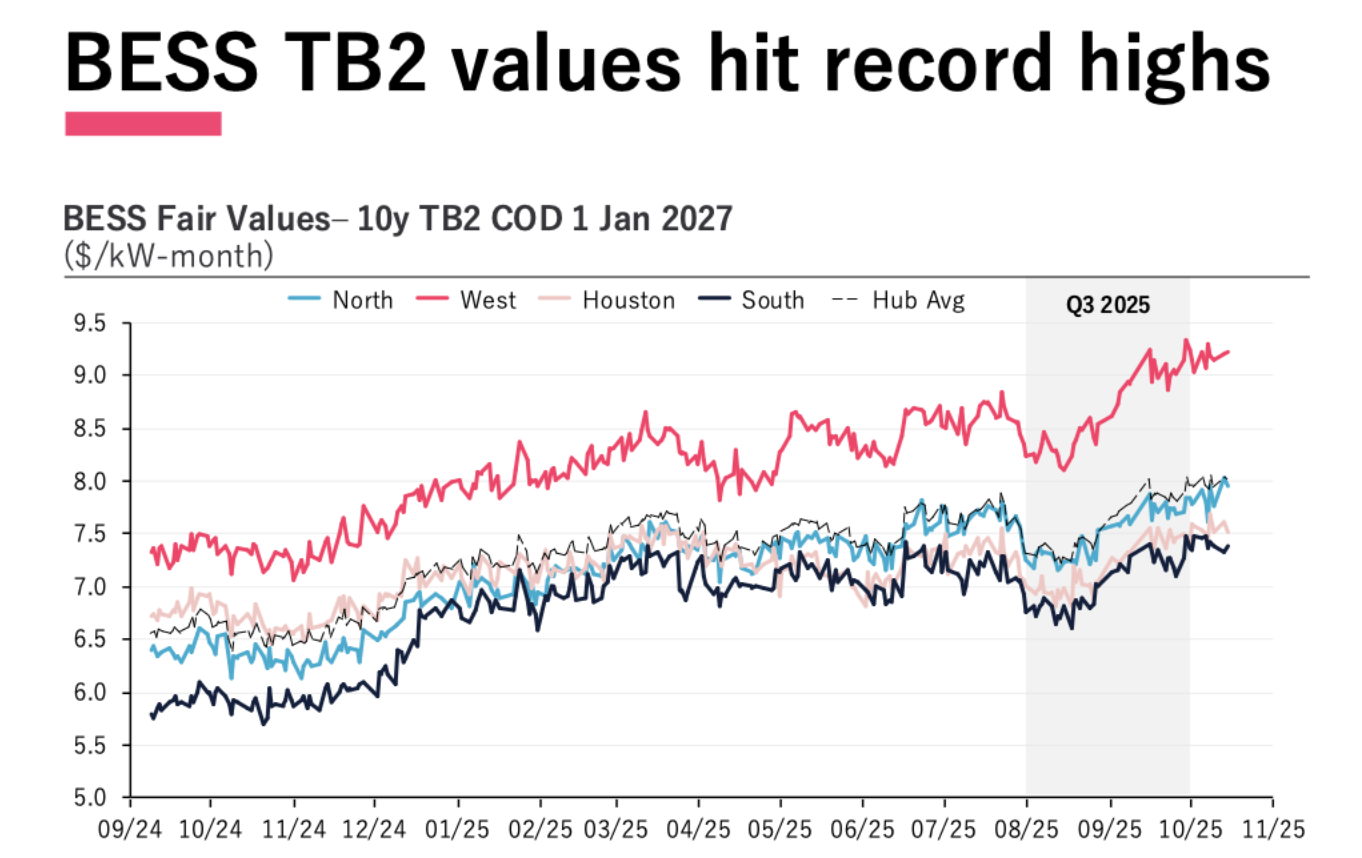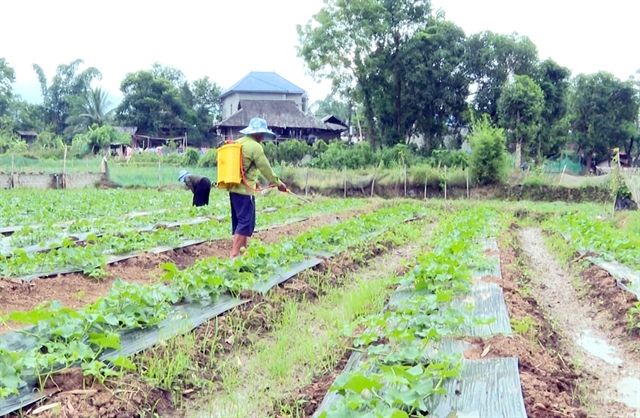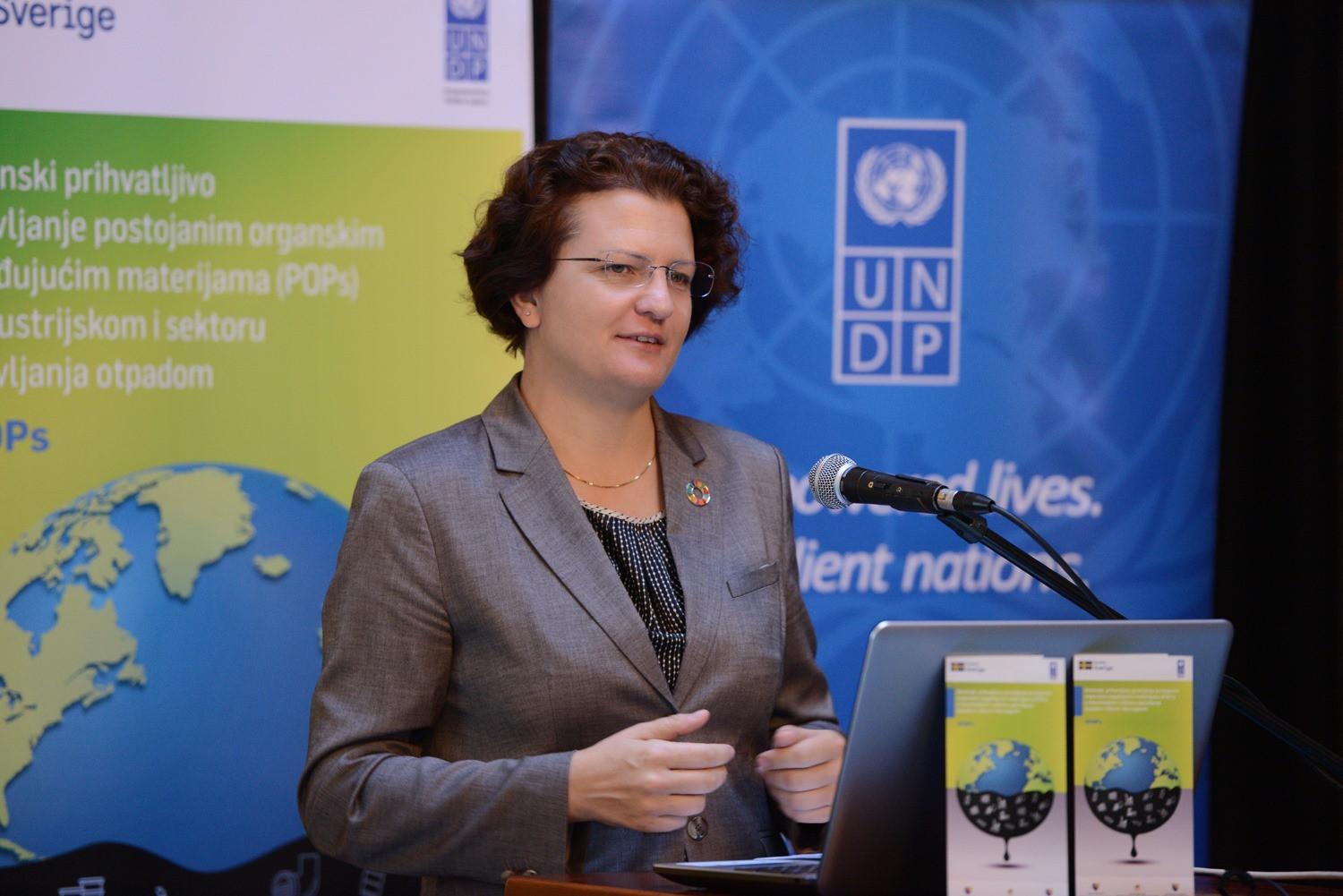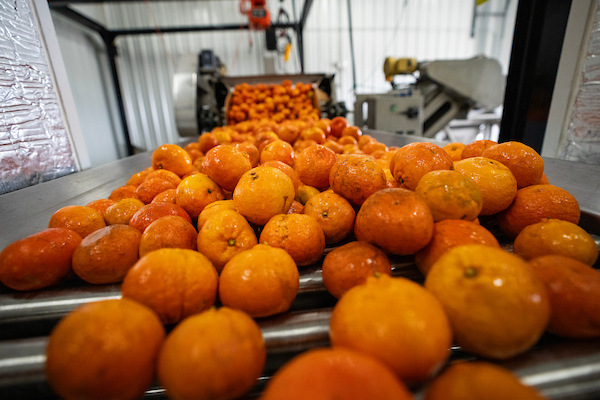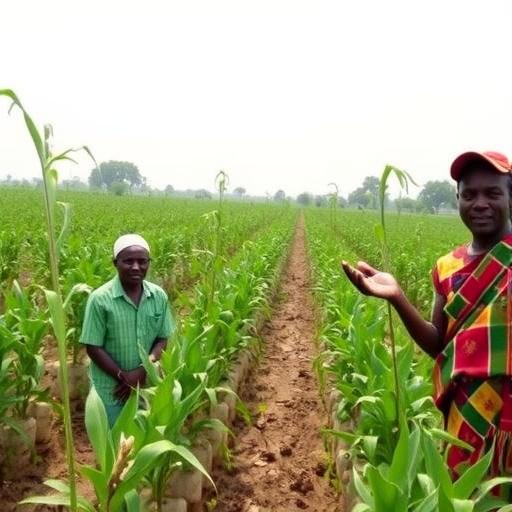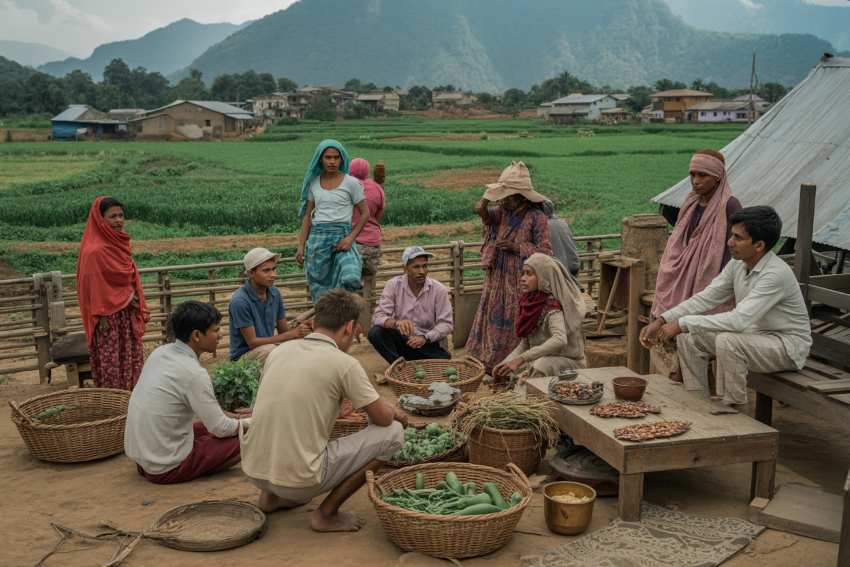Revisiting and Resharing the Idea of an Integrated Justice Approach to Land Reform – E-International Relations

An Integrated Justice Approach to Land Reform: A Framework for Achieving Sustainable Development Goals
1.0 Introduction
This report outlines an integrated justice approach to land reform, analyzing its critical role in addressing agrarian injustices and advancing the United Nations Sustainable Development Goals (SDGs). Drawing from case studies in the Philippines, the report argues that land injustices rooted in class and gender are multi-dimensional, encompassing economic maldistribution, cultural misrecognition, and political misrepresentation. Addressing these intertwined issues is fundamental to achieving key SDGs, particularly those related to poverty, hunger, gender equality, and just institutions. A comprehensive response to land reform must therefore integrate these three dimensions to create equitable and sustainable outcomes.
2.0 The Integrated Justice Framework
The proposed framework is built upon a three-dimensional concept of justice, which posits that true equity can only be achieved by addressing institutionalized barriers to “parity of participation.” This requires eliminating obstacles across economic, cultural, and political spheres. The pursuit of land justice, especially for women, necessitates simultaneous interventions in all three areas.
- Economic Redistribution (Addressing Maldistribution): This dimension focuses on the equitable redistribution of material resources, primarily land. It directly confronts class-based injustices where landlessness is a primary driver of poverty and exploitation. Achieving this objective is central to SDG 1 (No Poverty) and SDG 8 (Decent Work and Economic Growth), as secure land tenure provides a foundation for economic stability and empowerment.
- Cultural Recognition (Addressing Misrecognition): This dimension confronts status-based injustices, particularly those stemming from patriarchal norms that devalue women’s roles and rights. It calls for the recognition of peasant women as independent rights-holders, entitled to own land. This is a core component of SDG 5 (Gender Equality), as it challenges the cultural structures that perpetuate discrimination.
- Political Representation (Addressing Misrepresentation): This dimension centers on ensuring an equal voice and standing in political processes. Misrepresentation in policymaking bodies and social movements can marginalize women and other subordinated groups, undermining their claims to justice. Fair representation is essential for building the effective and inclusive institutions targeted by SDG 16 (Peace, Justice and Strong Institutions).
3.0 Gender-Based Land Injustice: A Barrier to Sustainable Development
Gender injustice in land ownership is a persistent global issue that severely hampers progress toward the SDGs. Data from the Philippines, Brazil, Kenya, and Vietnam reveals significant disparities, with women’s land ownership rates being drastically lower than men’s. This inequality is a direct failure to meet the targets of SDG 5 (Gender Equality), specifically Target 5.a, which calls for reforms to give women equal rights to economic resources and control over land.
3.1 Root Causes of Gendered Land Injustice
- Discriminatory laws and policies that impede women’s land rights.
- Male bias within administrative and judicial bodies responsible for land reform.
- The common practice of directing land titles to male heads of households.
- Cultural norms and patriarchal structures that devalue women’s labor and contributions to agriculture.
- A lack of awareness among women regarding their land rights and a lack of assertion to claim them.
3.2 Impact on Key Sustainable Development Goals
The failure to secure women’s land rights has profound negative consequences across multiple development areas.
- SDG 1 (No Poverty) & SDG 2 (Zero Hunger): Women’s lack of land titles prevents them from accessing credit, high-quality inputs, and extension services, creating a gender productivity gap. Studies indicate that providing women with the same access to productive resources as men could increase farm yields by 20-30%, which could reduce the number of hungry people in the world by 12-17%. Conversely, countries where women lack land rights have, on average, 60% more malnourished children.
- SDG 5 (Gender Equality): Land ownership is a powerful tool for women’s empowerment. It is linked to increased decision-making power within the household, greater control over reproductive health choices, and a significant reduction in vulnerability to domestic violence.
- SDG 10 (Reduced Inequalities): The direct targeting of men as beneficiaries of land reform and compensation programs deepens both gender and economic inequalities, reinforcing cycles of marginalization.
4.0 Structural Challenges and the Role of Social Movements
A primary challenge is the persistent focus of many agrarian social movements on class-based, redistributive concerns, often at the expense of gender justice. The gender agenda is frequently viewed as “divisive,” leading to the marginalization of women’s land rights within broader campaigns for agrarian reform. This narrow focus overlooks the interconnected nature of injustice and hinders comprehensive progress.
Furthermore, the underlying gendered agrarian structure, which equates production with men and reproduction with women, reinforces the position of the male household head as the primary beneficiary of land programs. This systemic bias, present in state agencies and civil society alike, must be dismantled to make meaningful progress toward SDG 5 and SDG 16.
5.0 Conclusion and Recommendations
Land justice is a fundamental component of social justice and a prerequisite for achieving the Sustainable Development Goals. The evidence demonstrates that class and gender-based injustices are perpetuated by economic, cultural, and political structures that are not adequately addressed by single-dimension approaches.
To effectively advance land and gender justice in line with the 2030 Agenda, the following actions are recommended:
- Adopt an Integrated Framework: Policymakers, development practitioners, and activists must utilize an integrated justice framework that simultaneously analyzes and intervenes in the economic, cultural, and political dimensions of land reform.
- Promote Gender Justice within Social Movements: Social movements must fully integrate gender justice into their core agendas and political strategies, recognizing that there can be no true social justice without gender justice.
- Challenge Systemic Power Structures: Efforts must be directed at transforming the institutional systems (family, state, market), resource distribution, and ideologies that sustain gender inequality and patriarchal control over land.
- Build Broad Alliances: Women’s movements and agrarian movements should form broader alliances to challenge patriarchal systems within state agencies, civil society organizations, and society at large, thereby strengthening the call for inclusive and just institutions (SDG 16).
By adopting this integrated approach, stakeholders can more effectively dismantle the structural barriers to land justice, thereby accelerating progress toward a more equitable, prosperous, and sustainable world for all.
Analysis of Sustainable Development Goals in the Article
1. Which SDGs are addressed or connected to the issues highlighted in the article?
-
SDG 1: No Poverty
- The article directly links landlessness and limited access to land with poverty. It states, “Landlessness or limited access to and control over land is a fundamental cause of injustice and poverty in many cases.” It also cites studies from the Philippines indicating that “limited land access, alongside social services, is a key driver of poverty and inequality.”
-
SDG 2: Zero Hunger
- The article connects women’s access to land and resources with agricultural productivity and food security. It suggests that closing the gender gap in access to productive resources “could increase farm yields by 20-30%… potentially reducing world hunger by 12-17%.” It also notes that countries where women lack land rights have “60% more malnourished children.”
-
SDG 5: Gender Equality
- This is the central theme of the article. It extensively discusses “gender injustice on land,” the disparity in land ownership between men and women, and the systemic barriers women face. The text argues for recognizing women’s “right to own land independently or as co-owners” and highlights how patriarchal norms, discriminatory laws, and male bias in decision-making bodies perpetuate this inequality.
-
SDG 10: Reduced Inequalities
- The article’s core argument is about tackling intertwined injustices rooted in “class and gender.” It addresses economic maldistribution (class hierarchy) and cultural misrecognition (gender structure) as primary drivers of inequality, particularly in agrarian societies. The goal is to eliminate “institutionalised barriers that hinder ‘parity of participation’ in societal interactions among social classes and status orders.”
-
SDG 16: Peace, Justice and Strong Institutions
- The article proposes an “integrated justice approach” to land reform, focusing on economic, cultural, and political dimensions of justice. It highlights issues like “landlord violence, weak political will among reform implementers,” and “political misrepresentation” as significant barriers. This directly relates to the need for just, accountable, and inclusive institutions to resolve conflicts and ensure equal access to justice.
2. What specific targets under those SDGs can be identified based on the article’s content?
-
Target 1.4: Equal rights to economic resources, including land
- The article’s focus on land redistribution and ensuring peasant women are “recognised with their right to own land independently or as co-owners” directly aligns with this target. It critiques situations where land distribution is “directed towards male household heads,” denying women equal rights to this crucial economic resource.
-
Target 2.3: Double the agricultural productivity and incomes of small-scale food producers, in particular women
- The text supports this target by stating that secure land tenure is “crucial for the economic empowerment and social bargaining power of rural women.” It explains that without land titles, women are denied access to “essential inputs (like high-quality seeds and fertilisers), farming equipment, and extension services, which are critical for improving productivity.”
-
Target 5.a: Undertake reforms to give women equal rights to economic resources, as well as access to ownership and control over land
- This target is central to the article. The text explicitly discusses the need to reform “discriminatory laws and policies that directly impede women’s land rights.” It mentions the CARPER law in the Philippines as an example of legislation providing for “women’s individual or co-ownership land entitlement,” while noting that progress is slow, reinforcing the need for such reforms.
-
Target 5.5: Ensure women’s full and effective participation and equal opportunities for leadership at all levels of decision-making
- The article identifies “political misrepresentation” as a key dimension of injustice. It points to “male bias and dominance within administrative, judicial, and other decision-making bodies” and the fact that men are often targeted as beneficiaries as evidence of women’s lack of participation and voice in policy and implementation.
-
Target 10.2: Empower and promote the social, economic and political inclusion of all, irrespective of sex or economic status
- The article’s “integrated justice approach” is a framework for achieving this target. It argues that overcoming injustice requires eliminating barriers to “parity of participation” and ensuring people have “equitable resources, standing, and voice” to overcome exclusion based on class (economic status) and gender (sex).
-
Target 16.7: Ensure responsive, inclusive, participatory and representative decision-making at all levels
- The discussion on “political misrepresentation, particularly in policymaking within people’s organisations or state agencies,” directly relates to this target. The article argues that such misrepresentation can “jeopardise the advancement of marginalised or subordinated groups, including women,” highlighting the need for more inclusive decision-making structures.
3. Are there any indicators mentioned or implied in the article that can be used to measure progress towards the identified targets?
-
Indicator 1.4.2 / 5.a.1: Proportion of population with secure land rights, by sex
- The article provides specific statistics that serve as direct indicators of the gender gap in land ownership. It states that in the Philippines, “female agrarian registered beneficiaries are less than half the number of men.” It also cites global figures: “women owning as little as 11% in Brazil, 5% in Kenya, and three times less than men in Ghana,” and in Vietnam, “women are registered at only half the rate of men.” These statistics directly measure the disparity in land ownership by sex.
-
Indicator 2.3.1: Volume of production per labour unit (Agricultural Productivity)
- The article implies this indicator by linking women’s access to resources with agricultural output. The statement that providing women with equal access “could increase farm yields by 20-30% (or increase agricultural output by 2.5-4% in developing countries)” suggests that changes in farm yields and agricultural output are key metrics for measuring the impact of gender-equal policies.
-
Indicator related to reduction in hunger/malnutrition
- The article provides a clear, measurable indicator related to child nutrition. It states that “countries where women lack the right to own land tend to have an average of 60% more malnourished children.” The prevalence of child malnutrition can thus be used as an indicator to measure the broader societal impact of women’s land rights.
-
Indicator related to women’s participation in decision-making
- While not providing quantitative data, the article implies an indicator by highlighting the problem of “male bias and dominance within administrative, judicial, and other decision-making bodies” and the practice of land distribution being “directed towards male household heads.” The proportion of women in these bodies and the gender breakdown of land reform beneficiaries would be the corresponding measurable indicators.
-
Indicator related to reduction in violence against women
- The article suggests a direct link between land ownership and safety, stating that “Land ownership also significantly reduces violence against women, as property can enable women to escape marital violence.” The incidence of domestic or marital violence can therefore be used as an indicator to measure the social benefits of securing women’s land rights.
4. Table of SDGs, Targets, and Indicators
| SDGs | Targets | Indicators Identified in the Article |
|---|---|---|
| SDG 1: No Poverty | 1.4: Ensure that all men and women, in particular the poor and the vulnerable, have equal rights to economic resources, as well as access to… ownership and control over land. | The link between landlessness and poverty rates in the Philippines. |
| SDG 2: Zero Hunger | 2.3: Double the agricultural productivity and incomes of small-scale food producers, in particular women… through secure and equal access to land. | Potential increase in farm yields (20-30%) and agricultural output (2.5-4%) if women have equal access to resources. Prevalence of child malnutrition (60% higher in countries where women lack land rights). |
| SDG 5: Gender Equality | 5.a: Undertake reforms to give women equal rights to economic resources, as well as access to ownership and control over land.
5.5: Ensure women’s full and effective participation and equal opportunities for leadership at all levels of decision-making. |
Proportion of women with land ownership (e.g., less than half of men in the Philippines; 11% in Brazil; 5% in Kenya). Incidence of violence against women, which is reduced by land ownership. Qualitative indicator of “male bias and dominance” in decision-making bodies. |
| SDG 10: Reduced Inequalities | 10.2: Empower and promote the social, economic and political inclusion of all, irrespective of… sex… or economic or other status. | Disparities in land ownership based on class and gender. Lack of “parity of participation” in societal interactions. |
| SDG 16: Peace, Justice and Strong Institutions | 16.7: Ensure responsive, inclusive, participatory and representative decision-making at all levels. | Qualitative indicators of “political misrepresentation” in policymaking and “weak political will” among reform implementers. Incidence of “landlord violence.” |
Source: e-ir.info

What is Your Reaction?
 Like
0
Like
0
 Dislike
0
Dislike
0
 Love
0
Love
0
 Funny
0
Funny
0
 Angry
0
Angry
0
 Sad
0
Sad
0
 Wow
0
Wow
0



